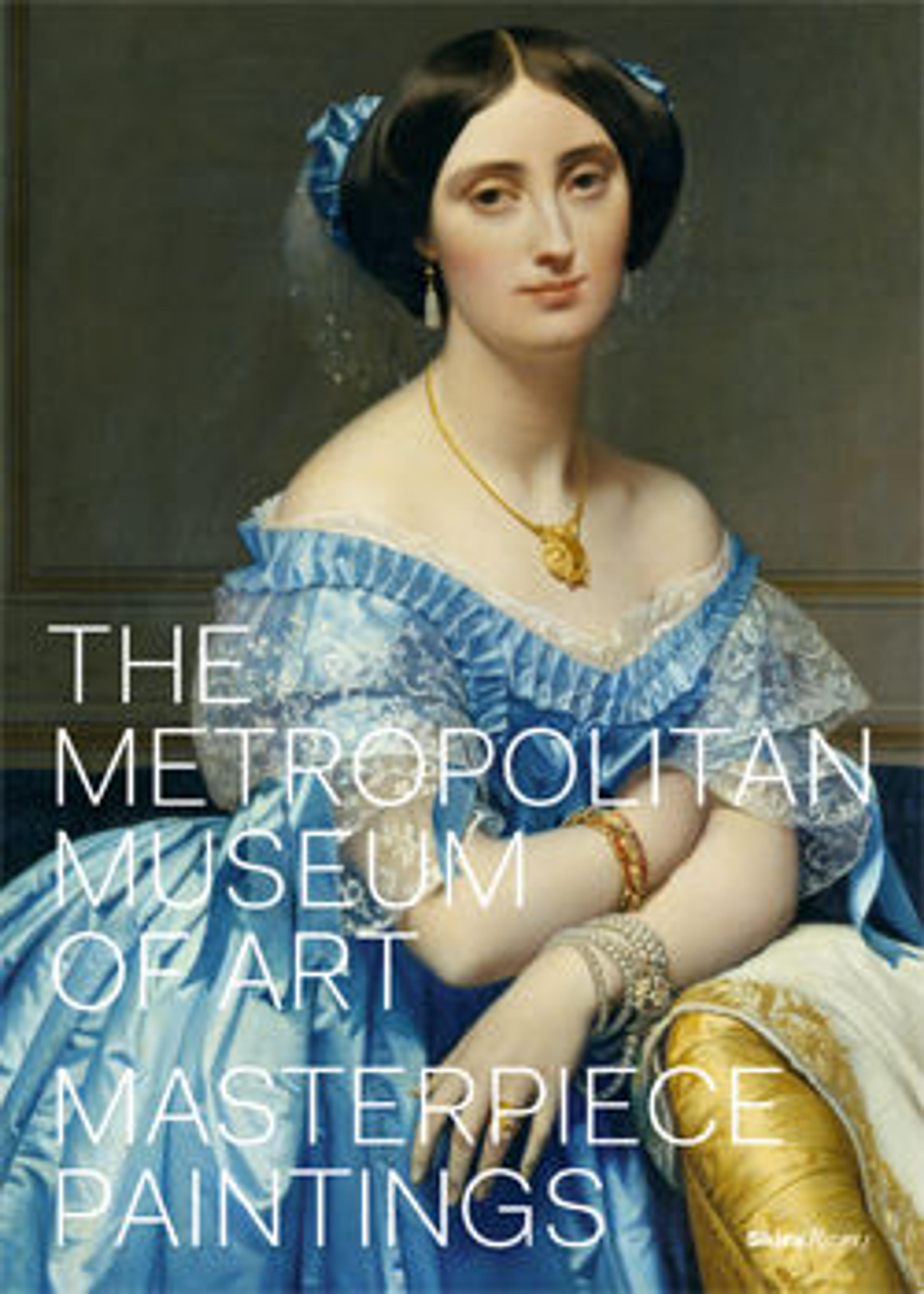The Palace of Nine Perfections
Yuan Jiang thrived in the commercial world of his native Yangzhou. Catering to the vogue for large-scale hanging scrolls and multipaneled screen paintings as decoration in the ostentatious mansions of the city’s mercantile elite, Yuan specialized in intricate visions of palatial complexes set within sumptuous blue-and-green landscapes intended to evoke Tang and Song prototypes.
This screenlike set of scrolls depicts an eighth-century imperial retreat in the hills north of the Tang capital, Chang’an (present-day Xi’an). Destroyed by the end of the Tang dynasty (618–907), the Palace of Nine Perfections is remembered as one of the most splendid residences ever built, with grounds so vast that it was necessary to travel between halls by horseback.
Royal palaces have always been likened to Daoist paradises, and Yuan’s vision plays on this theme, with Qing-style palatial buildings set in a fantastic landscape that suggests the enchanted realm of the immortals. But Yuan may have had another model in mind. Executed just two years after the Kangxi emperor (r. 1662–1722) visited Yangzhou on his second southern inspection tour, the painting, which includes a regal entourage—with the emperor and his parasol-bearer prominently featured in the foreground—was undoubtedly also inspired by the ceremonial processions and lavish gardens created to celebrate the imperial visit. Combining legend and architectural fantasy with thinly veiled references to contemporary events, Yuan’s painting is a celebration of the grandiose materialistic lifestyle to which the high society of Yangzhou aspired.
This screenlike set of scrolls depicts an eighth-century imperial retreat in the hills north of the Tang capital, Chang’an (present-day Xi’an). Destroyed by the end of the Tang dynasty (618–907), the Palace of Nine Perfections is remembered as one of the most splendid residences ever built, with grounds so vast that it was necessary to travel between halls by horseback.
Royal palaces have always been likened to Daoist paradises, and Yuan’s vision plays on this theme, with Qing-style palatial buildings set in a fantastic landscape that suggests the enchanted realm of the immortals. But Yuan may have had another model in mind. Executed just two years after the Kangxi emperor (r. 1662–1722) visited Yangzhou on his second southern inspection tour, the painting, which includes a regal entourage—with the emperor and his parasol-bearer prominently featured in the foreground—was undoubtedly also inspired by the ceremonial processions and lavish gardens created to celebrate the imperial visit. Combining legend and architectural fantasy with thinly veiled references to contemporary events, Yuan’s painting is a celebration of the grandiose materialistic lifestyle to which the high society of Yangzhou aspired.
Artwork Details
- 清 袁江 九成宮圖 屏
- Title:The Palace of Nine Perfections
- Artist:Yuan Jiang (active ca.1680–ca.1730)
- Period:Qing dynasty (1644–1911)
- Date:1691
- Culture:China
- Medium:Set of twelve hanging scrolls; ink and color on silk
- Dimensions:Image: 81 1/2 in. × 18 ft. 5 3/4 in. (207 × 563.2 cm)
Overall with mounting: 94 1/4 in. × 19 ft. (239.4 × 579.1 cm) - Classification:Paintings
- Credit Line:Purchase, The Dillon Fund Gift, 1982
- Object Number:1982.125a–l
- Curatorial Department: Asian Art
Audio
7640. The Palace of Nine Perfections
0:00
0:00
We're sorry, the transcript for this audio track is not available at this time. Please email info@metmuseum.org to request a transcript for this track.
More Artwork
Research Resources
The Met provides unparalleled resources for research and welcomes an international community of students and scholars. The Met's Open Access API is where creators and researchers can connect to the The Met collection. Open Access data and public domain images are available for unrestricted commercial and noncommercial use without permission or fee.
To request images under copyright and other restrictions, please use this Image Request form.
Feedback
We continue to research and examine historical and cultural context for objects in The Met collection. If you have comments or questions about this object record, please contact us using the form below. The Museum looks forward to receiving your comments.
